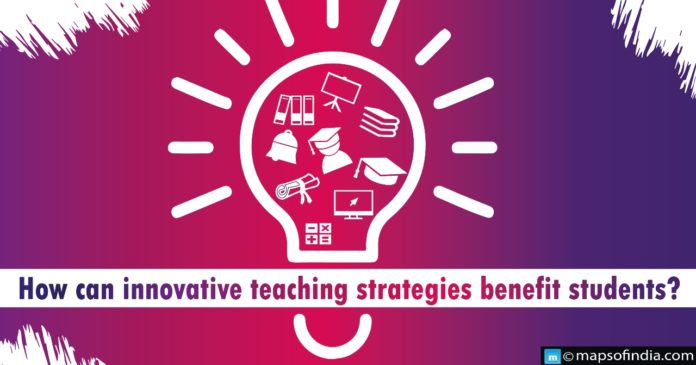The popularity of new teaching approaches has risen dramatically in the last several years. In contrast to traditional teaching approaches, which primarily focus on imparting knowledge, the most recent methods examine whether or not pupils have genuinely learned something.
It is possible to combine several teaching approaches to keep pupils abreast of current events, increase retention, and promote problem-solving skills. It’s possible to combine both classic and cutting-edge techniques in the strategy or to use various them all at once.
Innovative Instructional Strategies:
It’s an innovative cross-over and expedition learning combination, two prominent new teaching methods. This approach may teach numerous courses, including geography, history, physics, and others.
1. Cross-Channel Education
Classroom, museum, and field trips are examples of places where the cross-over learning approach may be used. These casual settings may gather information and bring it back to the classroom for further discussion and sharing.
Students are asked a series of questions regarding a topic they are unfamiliar with. The student’s head is filled with brainstorming, striving to find solutions.
2. Excursion
In geography, fieldwork and field trips are vital. It’s a great way to get children excited about learning and involved in hands-on activities. It’s an exercise students do outside of the classroom to get a feel for what happens in the real world.
The trip teaching technique enhances Cross-over learning. Immediately following the brainstorming session, the students are moved to an appropriate environmental setting where they may learn by doing in a hands-on context.
Students can be escorted to historical sites, museums, and other locations of interest. It is not theoretical knowledge that students return to their classrooms with, but rather a practical understanding of the subject matter they had previously been taught.
Benefits of Using New Methods of Teaching:
- Improves Creativity and Problem-solving
Students are provided with real-world experiences, or corresponding circumstances are fabricated in the classroom using various instructional approaches. To pique their interest, this is done. As a result of their active involvement, they understand the issues at hand and are more motivated to find solutions.
- Learner-Centred Instruction (LCI)
In contrast to traditional teaching methods, new techniques allow for two-way dialogue. Students can share their thoughts on a subject, and mistakes can be corrected right away. It is the teacher’s job to guide and support the exploration of student ideas.
- Enhancement of Analytical Skills
For the student to learn independently, the instructor serves as a facilitator in the classroom. By synthesizing the material provided by the teacher, he increases his level of topic knowledge. In the same way as a jigsaw puzzle, the student assembles all components. As a result, he progresses from basic to more detailed understanding.
- Incubates and nurtures thinking process
With innovative instructional methods, students are given fresh themes to discuss and collect data. High-order thinking (HOT) abilities are developed due to this continuous process. Having the capacity to think beyond the box is a benefit to students.
- Improves the ability to compare
In contrast to the previous one, the new teaching technique gives students real-world experiences. Learning to distinguish between theory and application is the goal of these classes.




